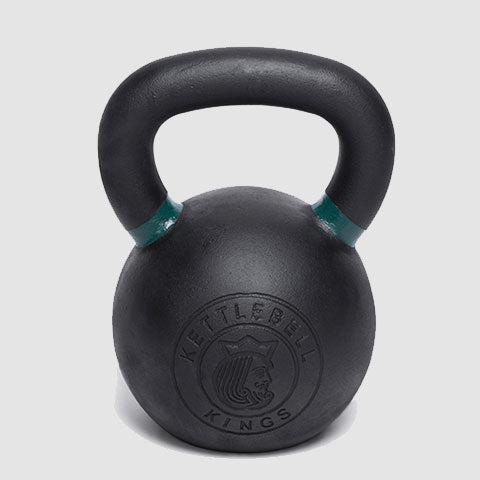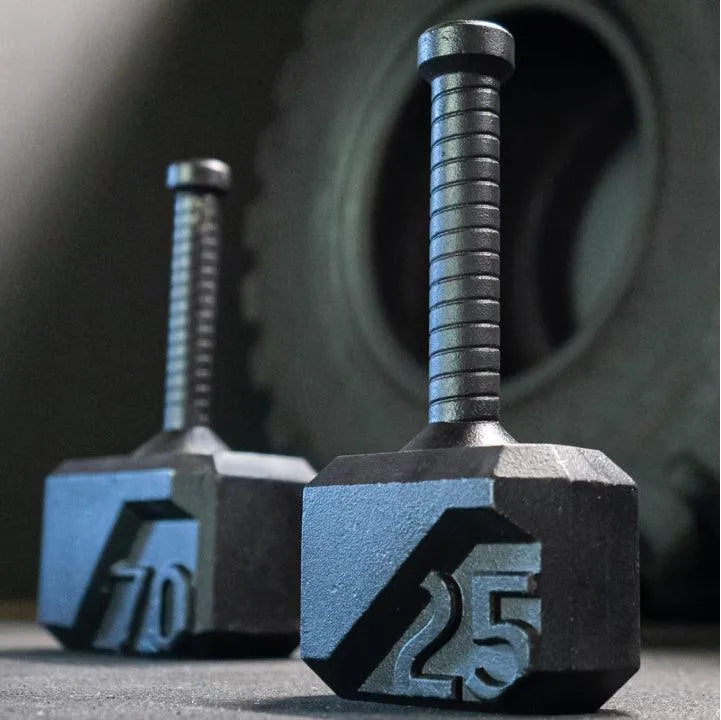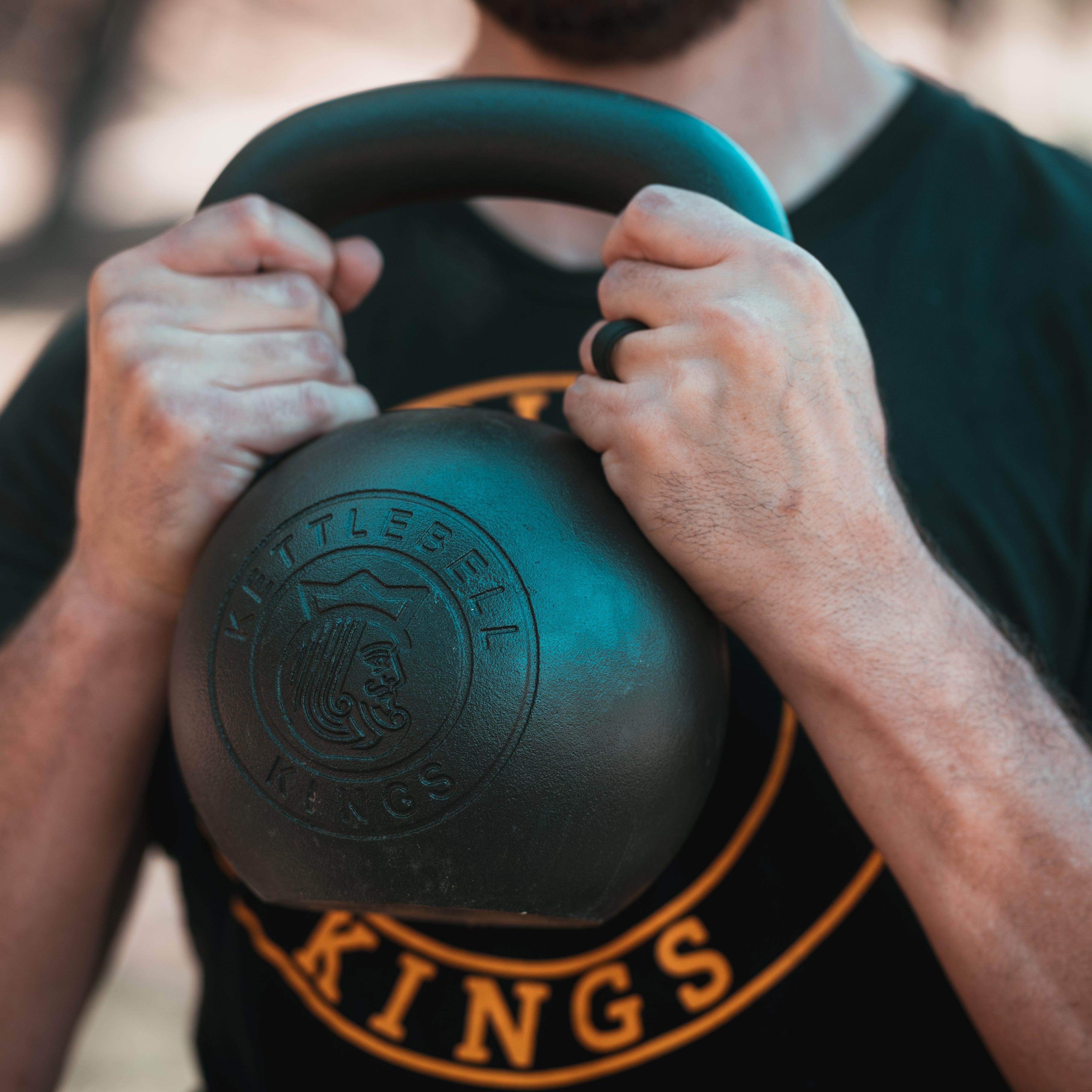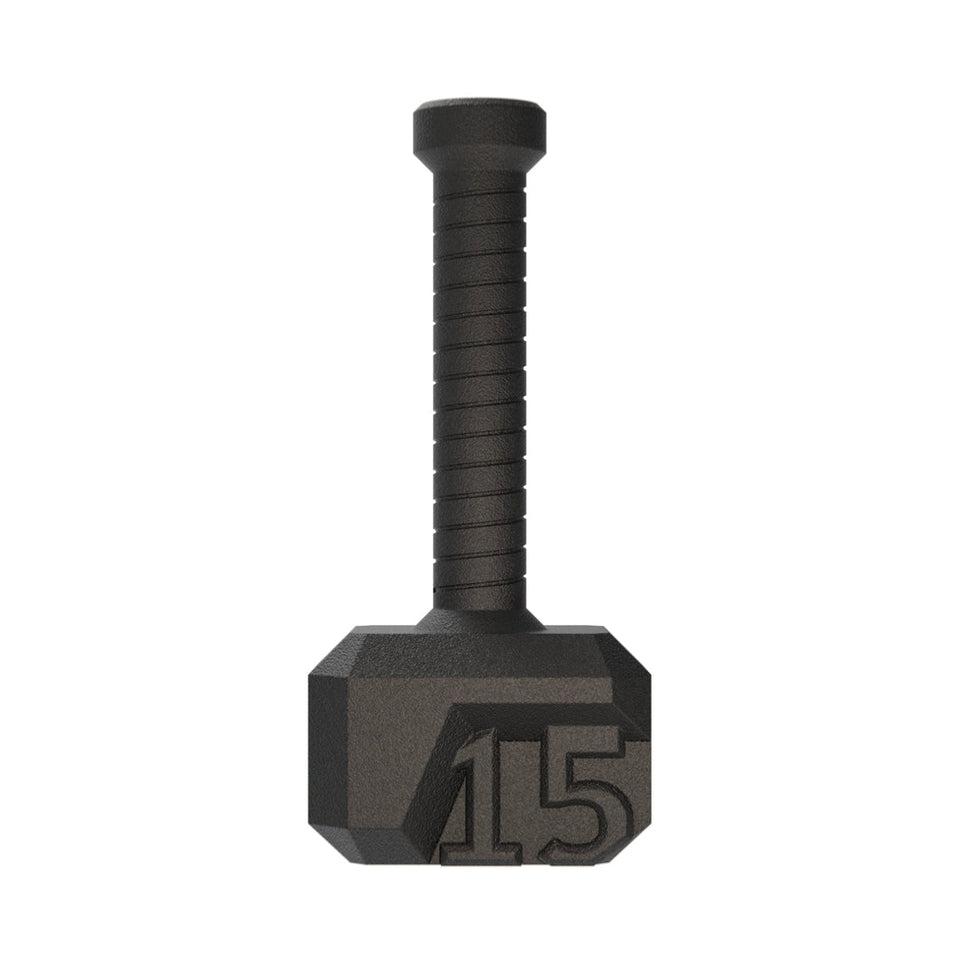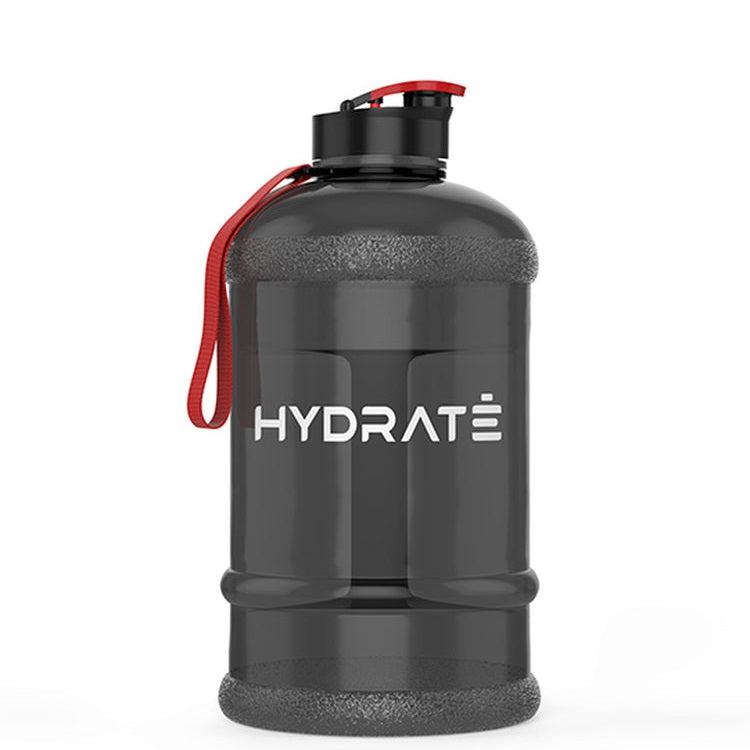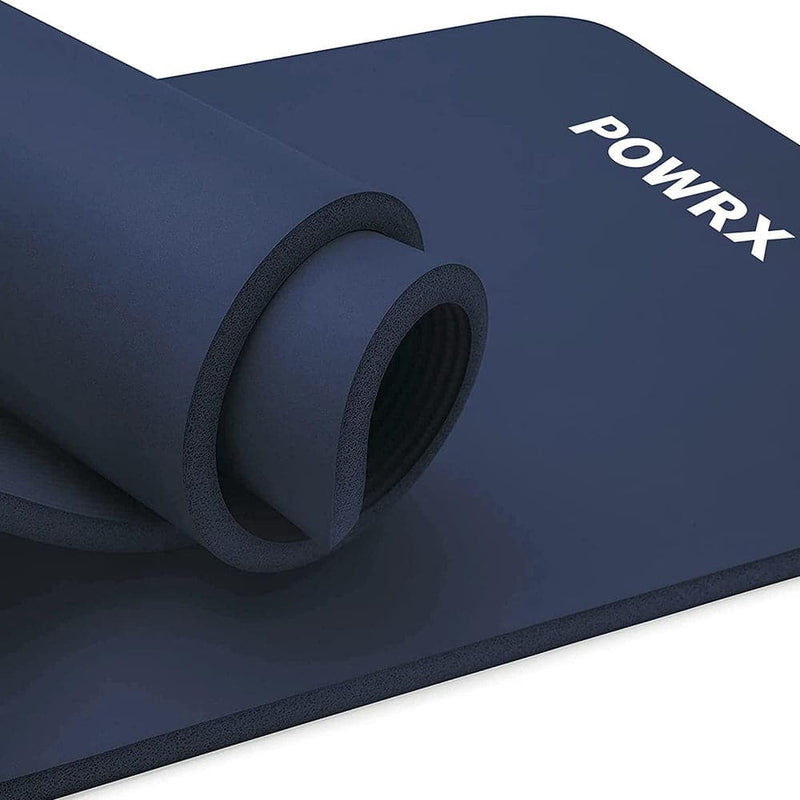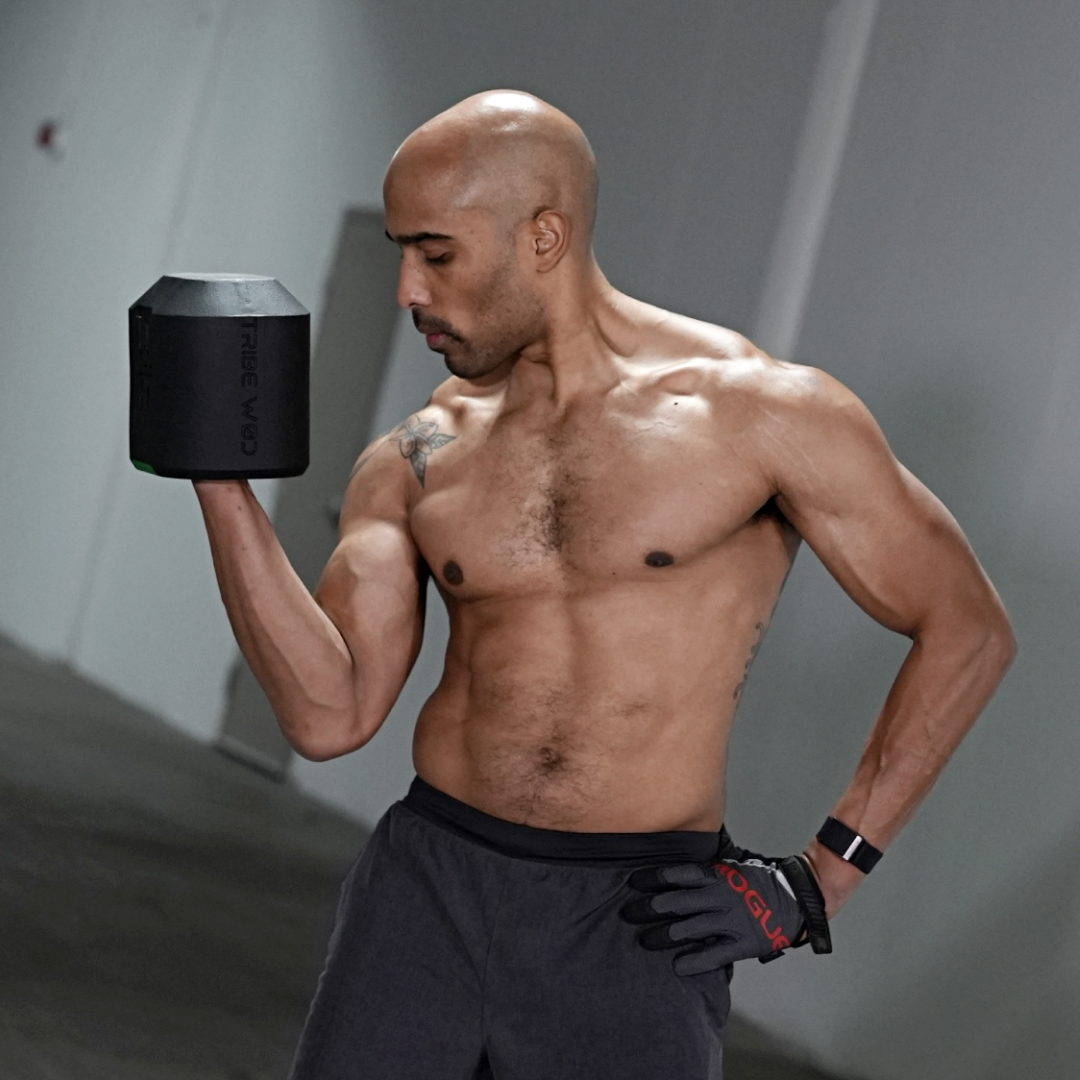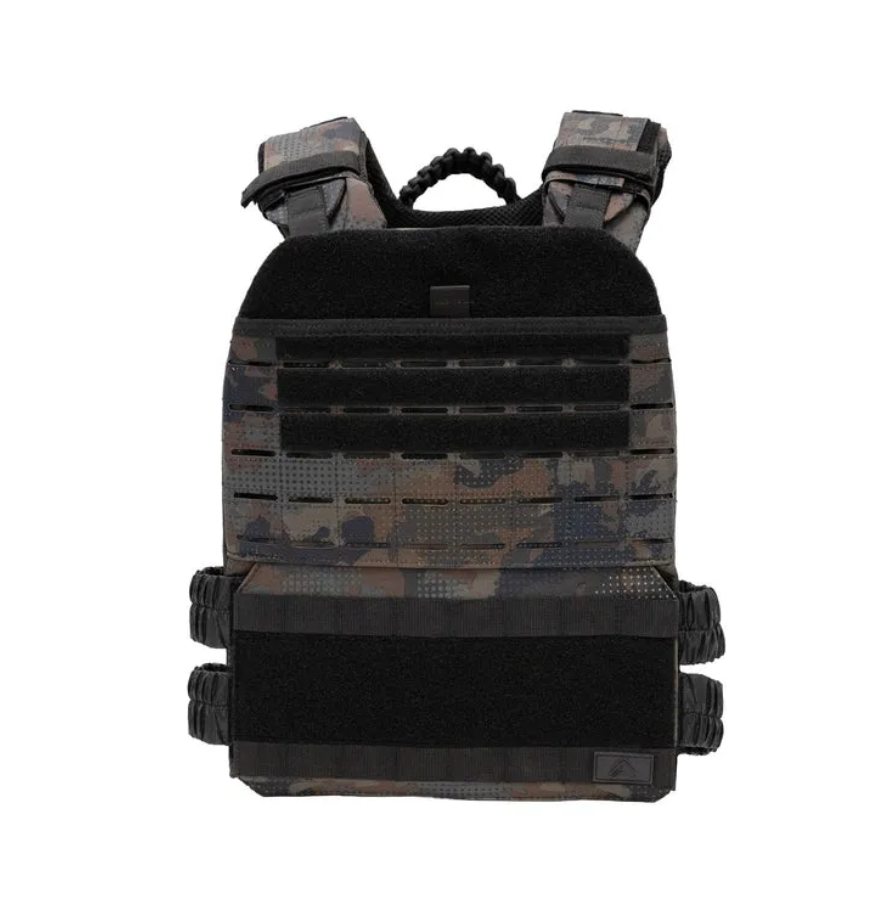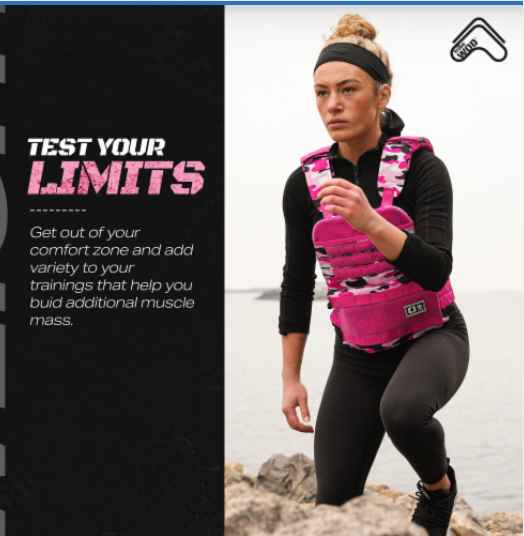Good posture is not just about appearances, it plays a crucial role in overall health and well-being. While weighted vests are primarily known for enhancing workout intensity, can they also be a valuable tool for improving posture? In this comprehensive guide, we'll explore the potential benefits, considerations, and effective strategies for using weighted vests to achieve better posture.
Weighted vests, renowned for their prowess in elevating exercise routines, beckon a question: can they step into the realm of posture enhancement? Embark on a journey with us through this all-encompassing guide as we unravel the potential perks, mindful considerations, and savvy techniques for harnessing weighted vests to sculpt not just a stronger physique but also a more posture-perfect you. It's time to discover the synergy between fitness and posture, unveiling the untapped dimensions of your wellness journey.
Understanding the Role of Posture in Health
Before delving into the weighted vest solution, it's essential to comprehend the significance of good posture. Proper alignment of the spine and balanced muscle engagement contribute not only to a confident physical presence but also to reduced strain on joints, decreased risk of injury, and improved respiratory function.
Research has shown that posture plays a crucial role in various populations, including children with autism spectrum disorders. For instance, a study by Pan et al. found that weighted vest training led to improvements in postural control and balance among children with autism spectrum disorders. This study investigated the effects of weighted vest training on posture and balance in children with autism spectrum disorders. It found that the use of weighted vests led to improvements in postural control and balance. This understanding lays the groundwork for reaping the full benefits of incorporating weighted vests into your exercise routine.
More than a visual trait, proper alignment of the spine and orchestrated muscle engagement serves as the bedrock of holistic health. Picture it as a symphony, where the spine conducts harmony among the vertebrae, reducing the risk of chronic back pain. Balanced muscle engagement, akin to instrumentalists, prevents overuse injuries and contributes to an upright, confident presence. Beyond aesthetics, good posture alleviates joint strain, aids in injury prevention, and fosters an environment for sustainable health and fitness. This understanding lays the groundwork for reaping the full benefits of incorporating weighted vests into your exercise routine.
What do weighted vests do?
Weighted vests are conventionally used to add resistance to bodyweight exercises, intensifying workouts for enhanced strength and endurance. Typically crafted with pockets for customizable weight loads, these vests are popular in activities such as running, hiking, and callisthenics.
Weighted vests are like workout companions, commonly used to make exercises tougher and build strength. They have pockets to adjust the weight, making them popular for running, hiking, and bodyweight workouts. But here's the exciting part - these vests not only make exercises harder; they might also help improve your posture. So, while they're great for workouts, they could also be secret weapons in the quest for a straighter, healthier posture. Adding a weighted vest to your workout regimen is like having a fitness buddy that does more than you'd expect! However, their potential for posture improvement is a relatively unexplored territory.
Can Weighted Vests Help Correct Posture?
While weighted vests are not specifically designed for posture correction, they indirectly contribute to strengthening muscles involved in maintaining good posture. The additional weight places increased demand on muscles in the upper back, shoulders, and core, fostering muscle development and potentially encouraging better postural habits.
Studies have shown that weighted vest use can have positive effects on posture and attention to task in various populations. Study published in the National Library of Medicine reported that preschoolers with pervasive developmental disorders showed improved attention to task and reduced self-stimulatory behaviours when wearing a weighted vest. These findings suggest that while weighted vests are not a direct solution for posture correction, they can contribute to overall posture improvement, especially when used mindfully and in conjunction with targeted exercises and lifestyle adjustments.
Picture this: when you wear a weighted vest, it adds extra load to your upper body, especially on your back, shoulders, and core muscles. These muscles work extra hard to support the weight, getting stronger in the process. As they strengthen, they lend a helping hand in maintaining a more upright posture. So, while you're focused on your workout, your posture might be silently getting an upgrade too!
Factors to Consider
Consult Fitness Expert
Before incorporating a weighted vest into your routine for posture improvement, it's advisable to consult with healthcare professionals or fitness experts. They can assess your specific needs, identify underlying issues, and provide guidance tailored to your unique situation.
-
Choosing the Right Weight
Embarking on this venture necessitates a strategic approach. Commence with a manageable load that doesn't compromise your form, enabling your muscles to adapt gradually. This measured progression serves as the cornerstone of an effective posture-improving regimen, aligning with your comfort and evolving capabilities.
Start with a manageable load and gradually progress based on your comfort and capabilities.
Effective Strategies for Posture Improvement
- Targeted Exercises
- Ergonomic Adjustments
- Consistent Stretching
Include regular stretching routines to alleviate muscle tightness and promote flexibility. Focus on areas such as the chest, hip flexors, and hamstrings, which can impact posture.
Safety Considerations
While the weighted vest can be a valuable tool, safety should be a priority. Gradual progression, proper form, and attentive listening to your body are fundamental. If you experience discomfort or pain, reassess your approach and consult with a professional.
As you step into the world of better posture with weighted vests, safety is your trustworthy companion. Imagine this journey like climbing a mountain – take it slow. Just like you wouldn't rush up a steep trail, don't rush into heavy weights. Start light, allowing your body to get used to the new challenge.
Picture your body as a building – good form is the strong foundation. When you do exercises with the weighted vest, focus on doing them right. It's like building a house brick by brick – every correct move adds to the strength, helping you achieve your goal without causing trouble.
Listen to your body like you would to a good friend. If something doesn't feel right – maybe a little ache or discomfort – don't ignore it. Take a break, see how you can adjust, or ask someone who knows about these things.
And if things feel off, like you're getting more pain than gain, talk to an expert. They're like the guides who know the mountain paths. They can tweak your plan, making sure your journey is not just effective but also safe and enjoyable.
FAQ’s
Q:Does a weighted vest improve posture?
A:Weighted vests can contribute to improved posture indirectly by adding resistance to exercises that engage muscles responsible for maintaining good posture, such as those in the upper back, shoulders, and core. The additional load encourages muscle development, potentially fostering better postural habits.
Q:Are weighted vests good for your spine?
A:When used appropriately and with proper form, weighted vests can be beneficial for your spine. They can enhance muscle engagement in the back and core, providing support to the spine. However, it's crucial to choose an appropriate weight and progress gradually to avoid undue pressure on the spine.
Q:Does weight training fix posture?
A:Weight training, including exercises with weighted vests, can help strengthen muscles and contribute to better posture. Targeted exercises focusing on muscles involved in maintaining good posture, combined with gradual progression and proper form, may contribute to postural improvement over time. It's important to note that addressing posture may require a holistic approach, including ergonomic adjustments and consistent stretching.
Conclusion
While weighted vests may not be a direct solution for posture correction, when used mindfully and in conjunction with targeted exercises and lifestyle adjustments, they can contribute to overall muscle development and strength. This guide has unveiled the symbiotic relationship between fitness and posture, positioning weighted vests as multifaceted tools in this journey
Beyond aesthetics, good posture is fundamental for holistic health, reducing back pain, preventing injuries, and fostering well-being. Weighted vests, traditionally workout intensifiers, reveal a hidden talent: indirectly strengthening muscles for improved posture. To embark on this path, consult experts, choose the right weight wisely, and embrace targeted exercises and ergonomic adjustments. Safety remains paramount—listen to your body, progress gradually, and seek professional guidance for a posture-enhancing journey that's effective, safe, and enjoyable.

